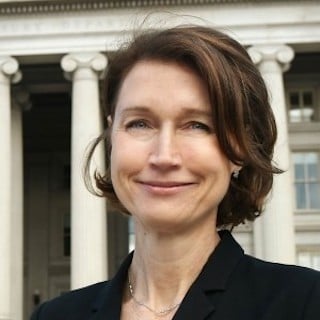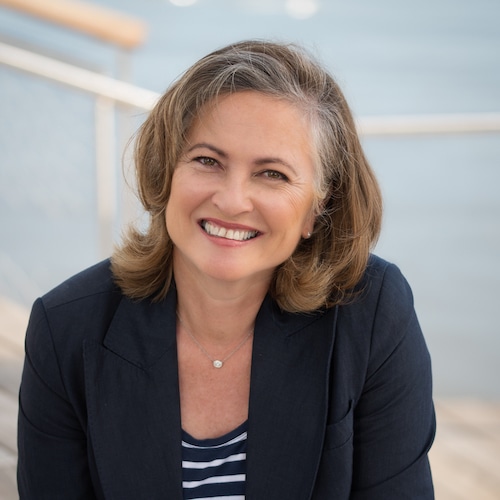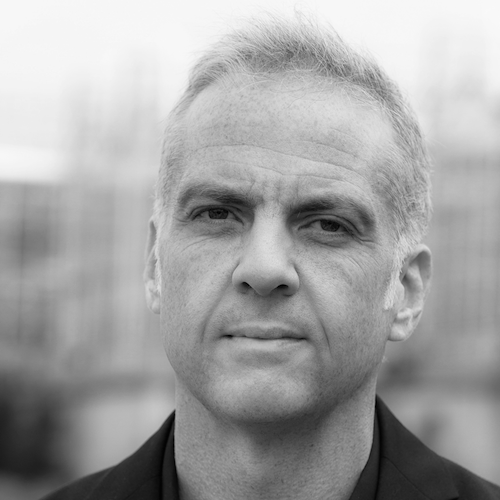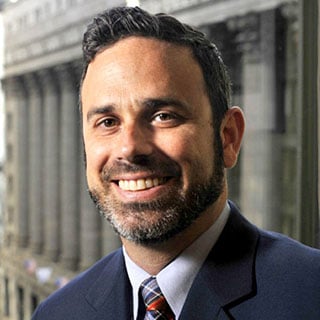
Mobility and transportation are inextricably linked to real estate and land use. Why? Because the largest proportion of most people’s incomes are spent on these two things alone. This is why the demand for walkable urban neighborhoods just keeps growing. But mobility is all about volumetrics. In dense urban areas, there are limiting factors to how many people you can move and how quickly.
The question is, how do you create a system that lets people live where they want with a good quality of life, affordably and with greater access to jobs? Solving this problem will help to solve the affordable housing crisis. Just becoming a one-car family, instead of a two-car family can save around $150,000. And if you can walk to shop for groceries, and there is transport to get you to work, you might opt to have no car at all.
Reallocating space
The ability to move people relies on the physical landscape. If all the lanes in a street are used for cars that only carry one or two people, we can’t move very many people. And new modes of transport like e-scooters and bike shares need safe space to be successful. Further, cities want to get people out of cars for numerous other reasons. It’s expensive to give over valuable land to cars. They take up a lot of space and they make our air unhealthy to breathe.
The reallocation of our streets has already begun. Cities are narrowing their streets, adding bike lanes and closing some to pedestrian traffic only. This movement is gaining momentum, and even more quickly since the coronavirus shutdown.
Technology
At the same time there’s a technology revolution going on that has reached the mobility sector. GPS technology, electrification of cars, enhanced cell phone networks and even solar energy are powering a transformation in mobility. Data will help to harmonize seemingly disparate transportation modes. One example is Los Angeles, where the Department of Transportation is using data to successfully manage the addition of more than 30,000 scooters to its streets.
Soon we’ll have dockless rentable scooters, autonomous vehicles and mobility services that will seamlessly combine transit services for users. Pittsburgh is already creating a first-of-its-kind, mobility-as-a-service system. Diverse mobility services will be organized into a one-stop transit app, along with physical hubs. Users will be able to seamlessly opt for a variety of transit options to get them from A to B.
Joining Forces
This mobility revolution ultimately depends on strong public-private partnerships with a sharing of the risks and rewards. Many cities already work with the private sector on sharing data effectively for planning and operating systems. At the same time venture capital, private dollars, are being invested into mobility solutions. These private companies need government support to be successful, from the building of a physical landscape that supports them to concessions for operating services that support their citizens.
Gabe Klein has spent his career specializing in all facets of urban mobility, both within government and as an entrepreneur. He sees the exchange of ideas between the public and private sectors, two very different cultures, as essential to solving the major problems of our times.
Listen in to my interview with Gabe.
Image from pxhere, licensed CC0




